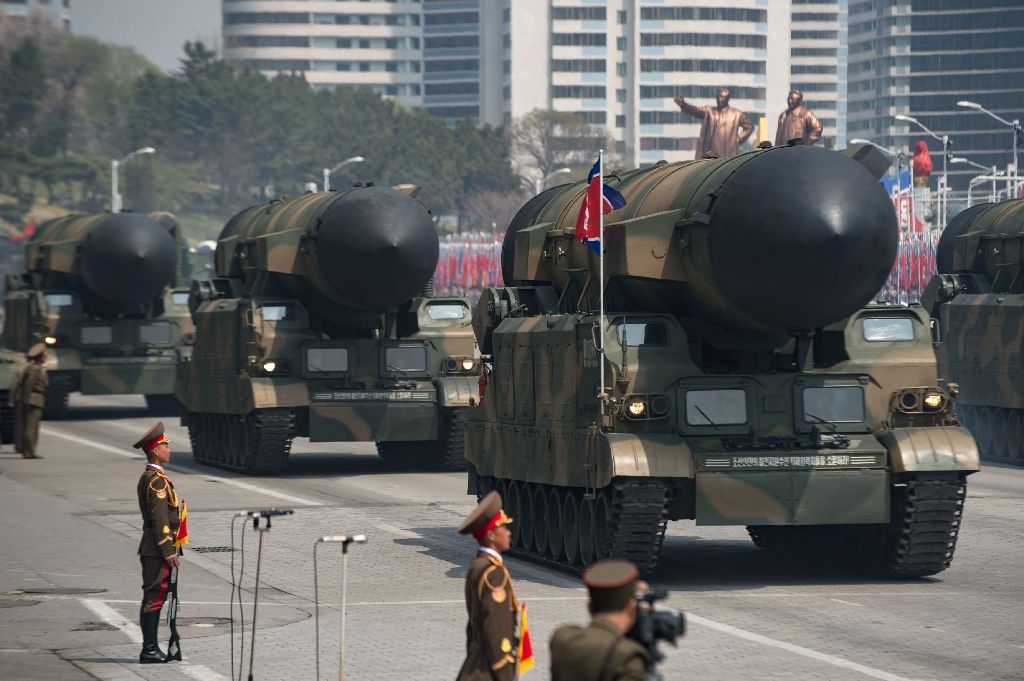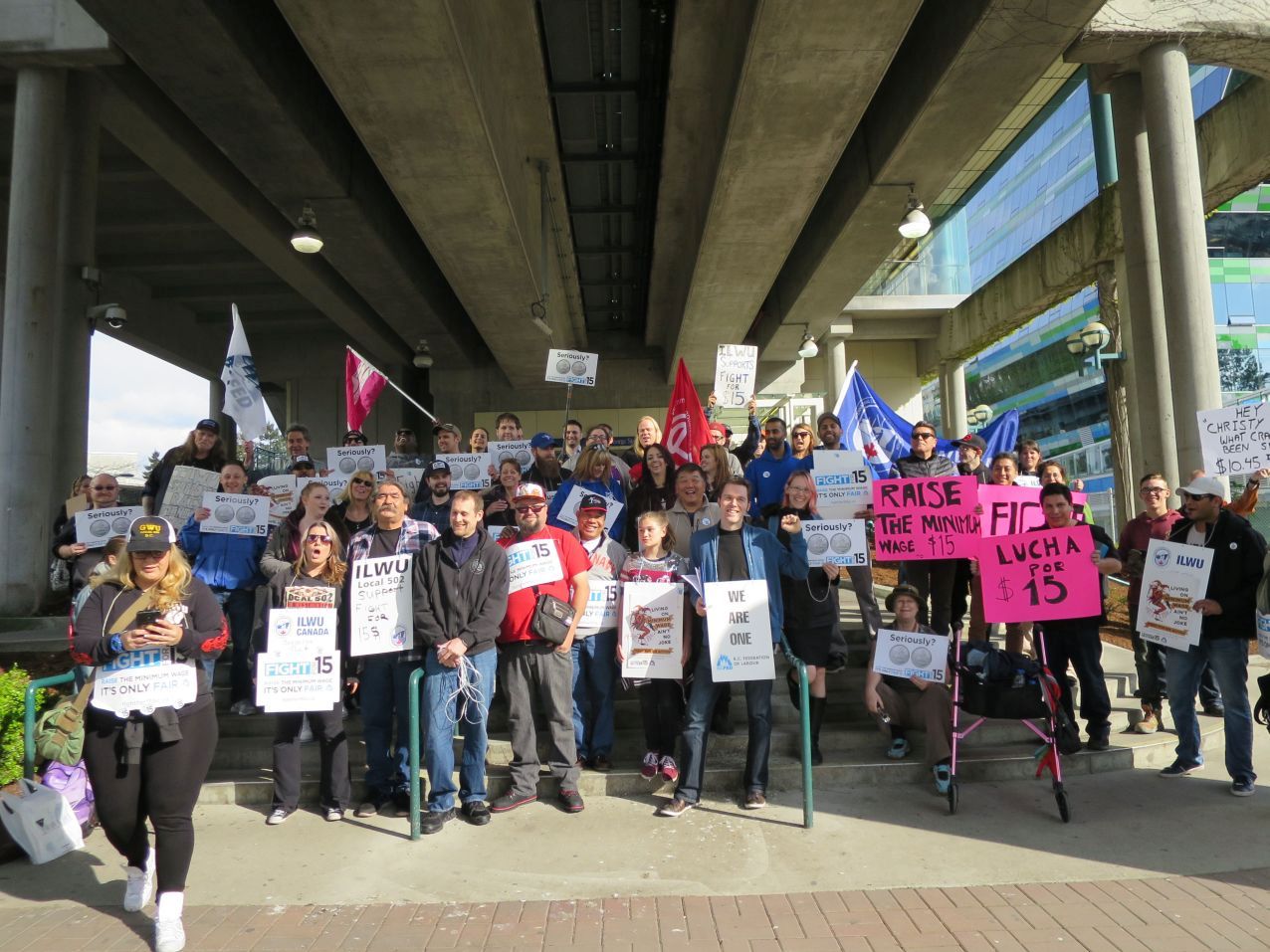Greyhound has closed all its services across Canada. In 2018, it announced the closure of all its services in Western Canada and the federal government did nothing. This was a criminally missed opportunity to take over the entire, already-existing, Canada-wide bus network. Will they fail again this time?
The loss of Greyhound leaves hundreds of small towns and cities without any long-distance public transport. Virtually none of these communities have regular passenger rail service – it only really exists between Montreal and Windsor. To the east, west and north, if there are any train services, they are infrequent and usually expensive. Even Canada’s fourth largest city, Calgary, has no train service – if you want to travel to or from Calgary you can only do so by plane or car.
During COVID, airlines slashed services except to major cities. Atlantic Canada was reduced to Halifax. A similar pattern happened across western Canada with no flights to Prince Rupert, Kelowna, Penticton, Lethbridge, Medicine Hat and others. Many other cities had the services slashed. Slowly some services are returning but some of the smaller communities may never get their flights back.
Most Canadians, if they have to or want to travel outside their community, are forced to use a car. People in smaller communities have to travel for many reasons such as to see doctors or other medical reasons, access services or make important purchases. Often these communities are the worst served by the internet. This is a huge social injustice and environmental insanity. Low-income people, women and young people are less likely to have access to a car. Often without the bus they are forced to hitchhike, putting women especially at high risk of assault and murder. Greyhound’s closure will increase isolation, inequality and vulnerability in small and medium sized communities.
It further discriminates against Indigenous people. The Missing and Murdered Indigenous Women and Girls Inquiry report urged “safe and affordable transit and transportation services and infrastructure” in towns, cities and First Nations across Canada. Greyhound’s closure, first in the west and now in all of Canada, pushes this goal further away.
Travel by car and airplane are more polluting and wasteful of energy than travel by long distance bus or train, yet these better options are not widely available. They should be at the centre of Canada’s long-distance traveling.
Greyhound plans to keep running services from Vancouver, Toronto and Montreal to the US, picking up on the profitable bits. Other companies will pick up some of the Greyhound routes – cherry picking the most profitable and discarding the rest. It will also be much more difficult to have an integrated Canada-wide bus service with various regional private companies running different sections, or even in competition on the most lucrative.
As we argued in our 2018 article (see below), if the Liberals can nationalize a pipeline, they can nationalize long distance ground transport. Rightly, there has been much focus on improving public transit in Canada’s major cities – this is long overdue. However, travel between smaller communities, towns and cities has been woefully neglected for years with complete reliance on planes and cars. High speed trains are entirely feasible across the Prairies and in eastern Canada. Even in the Rockies and on the Canadian Shield, speeds could be significantly increased, and journey times shortened, with upgraded track that is twinned where practical. An integrated, upgraded and vastly expanded rail and bus system across all of Canada is vital for justice and the environment.
Canada’s Liberal government has made many speeches about tackling climate change. Investment in rail would be a major provider of jobs in manufacturing and construction. It would support a shift away from cars and planes and so reduce the release of CO2 and other pollutants. A serious program of rail improvement would be much more socially useful and benefit the environment compared to the ecologically damaging money – at least $16 billion and counting – being poured down the drain of the Trans Mountain pipeline.
Apart from in the core of central Canada – between Windsor, Montreal and Ottawa – passenger trains are expensive and mainly used by tourists. Railways should serve the major towns and cities of Canada, with bus and train timetables integrated to connect with each other. Buses would serve areas that are hard to access by train due to geography, the smaller and more remote communities, and provide connections between rail lines. The Amalgamated Transit Union is calling for National Public Intercity Transit.
Railways and buses take people into the city centre. Restored or newly-build train stations in heart of the city, which would also be centres of long-distance buses and local public transit, could be a centre of urban life. Imagine Winnipeg’s wonderful train station again bustling with people instead of its present largely empty spaces. Stations would be busy with people traveling and with cafes: they would draw people back into downtown. This would counter the edge-of-city sprawl and help make towns and cities more liveable.
Socialist Alternative campaigns for a national, publicly-owned, democratically-run, integrated transport network. This would include:
- Government taking over Greyhound Canada as it has failed Canadians – its buses, garages, stations, and routes to the US, etc. – only paying compensation to small shareholders. Guarantee jobs to the Greyhound workers. Its US routes should be delivered by the publicly owned Canadian bus service.
- Investing in good quality rail services to most major cities and towns, with upgraded tracks and signalling so passenger trains are not delayed behind freight. This will also improve freight transport and rail safety.
- Establishing an integrated, high-quality, long-distance bus and rail network. The service to be democratically run, involving the workforce and communities.
- Upgrading and re-opening existing freight rail lines to passengers, so that most cities and towns in Canada with a population of 30,000 are within 20 kilometres of a train station (excluding Charlottetown and St John’s as they are on islands and Kelowna and Penticton, for now) including:
- Victoria to Courtney, also serving Nanaimo and Qualicum (in future construct an extension to Campbell River)
- The southern trans-Canada route between Vancouver and Toronto, also serving Revelstoke, Golden, Banff, Cochrane, Calgary, Lethbridge, Medicine Hat, Moose Jaw, Brandon, Winnipeg, Kenora, Thunder Bay, Sault Ste Marie, Sudbury and Barrie
- Kamloops to Vernon (in future construct an extension to Kelowna and Penticton)
- Golden to Nelson and Trail
- Vancouver to Fort St. John, also serving Squamish, Whistler, Quesnel, Prince Rupert and Dawson Creek
- Lethbridge to Fort McMurray, also serving Calgary, Airdrie, Red Deer, Leduc, and Edmonton, with a branch to Hay River
- Hinton to Grande Prairie
- A northern line from Edmonton to Saskatoon serving Lloydminster and North Battleford with a branch from Saskatoon to Prince Albert
- Toronto to Cochrane, also serving North Bay and Timmins, with a branch to Rouyn-Noranda connecting to the line between Senneterre to Montreal
- Branch from Toronto to Peterborough
- Branches from Montreal to Saint-Jean-sur-Richelieu and Sherbrooke; and to Saint-Jérôme
- Connect Trois Rivieres to Shawinigan
- Moncton to Saint John (in future to Fredericton)
- Truro to Cape Breton Island
The railways built Canada, paid many times over by Canadians. Now it is time for Canada to re-build the railways, this time as a public service.
Greyhound Abandons Service in Western Canada
Simon Schweitzer and Leslie Kemp
first published in Socialist Alternative, Issue 10, September 2018
In 2017, Saskatchewan premier Brad Wall, the demon barber of the prairies, decided to close the Saskatchewan Transportation Company (STC) claiming only two routes were profitable. Created in 1946 to fill a need that capitalism couldn’t meet, the STC enabled people to travel between the hundreds of small towns that dot the rural landscape of Saskatchewan and larger cities, reliably and affordably.
One year later, western Canada is learning that capitalism still can’t meet these needs as Greyhound Canada announced they will eliminate all routes west of Sudbury on October 31, except the profitable route between Vancouver and Seattle. This leaves people in rural and Indigenous communities, especially low-income residents, with few travel options. The shameful legacy of missing and murdered Indigenous women and the notorious highway of tears in northern BC demonstrates that women, particularly Indigenous women, are vulnerable to violence and even murder when they lack reliable public transportation.
Greyhound’s decision will isolate and trap people in their communities, forcing people to drive for medical appointments, to visit loved ones in hospital and to receive welfare and other services. But not everyone has a car, a driver’s license or is able to drive. Even travel between Edmonton, Calgary, Regina and Winnipeg will be difficult.
Even where train routes exist, many have no passenger service or services are expensive and unreliable, as freight has priority. Rail is the only all-season, land route to Churchill and the owner, US-based Omnitrax, has refused to repair the tracks for a year, isolating the communities along the route. [Note: Eventually the line was taken over by Arctic Gateway and, with federal money, repaired and re-opened at the end of 2018.]
Greyhound wants to cherry-pick profitable routes or get subsidies. The Liberal government seems to lean to a patchwork of operators cherry-picking single profitable routes and dumping the others. Socialist Alternative rejects both of these. Greyhound’s licenses across all of Canada should be cancelled and replaced with a publicly integrated transport network which includes rail and bus. Rail lines should be twinned for safety and efficiency and passenger rail services expanded. Capitalism has failed to deliver the services Canadians need. If Bill Morneau can nationalize a pipeline, Marc Garneau can nationalize a cross-Canada transportation system.
In September 2020, Socialist Alternative published an in-depth look at the failures of capitalist transport in Canada and argued public ownership.



